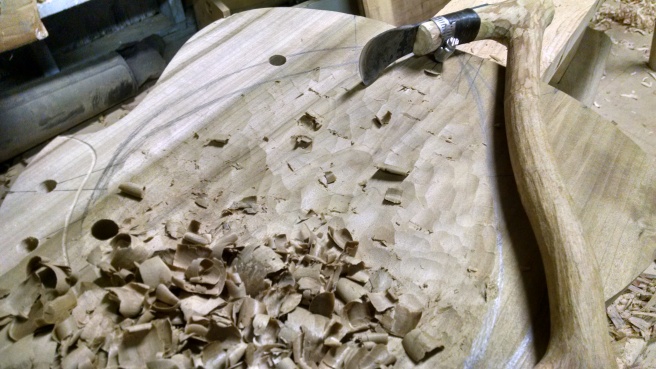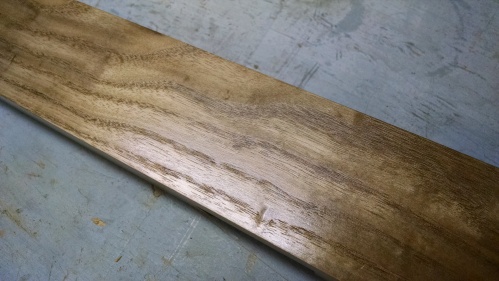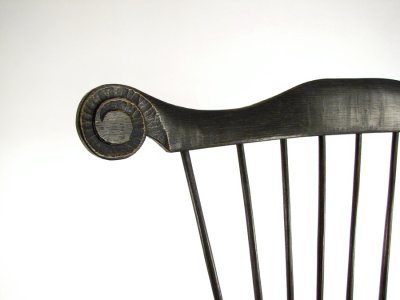It’s been a long time since I’ve made any serious attempts to play the piano. When I lived by myself in a small brick house on a mountainside in North Georgia, I practiced somewhat regularly. My great aunt gave me an old perpetually out-of-tune upright that sat in the living room of my painfully outdated ranch house, and when I tired of painting bedrooms and laying tile and tearing out fake wood paneling, I’d pick out a song and sit down at the piano during the evenings, trying to teach myself to play it.
I have no formal musical training, aside from a couple years of abusing the trumpet in elementary school. I definitely wouldn’t say that I can read music. It would be more accurate to say that I can interpret music, in much the same way that I can interpret French, with the assistance of Google Translate. I just see five parallel lines and an oval with a tail and think “Every…Good…Boy…Does…A-ha! That must be a D. Now I can find middle C and count down one key, and there’s the D on my keyboard!”
I never developed that instantaneous recognition of the notes and the seamless connection between my mind and my fingers that is required of a musician. Learning to play a song was a long, slow process that relied on careful practice and memorization – essentially cutting out any vestiges of consciousness and eventually getting to the point where I could rely entirely on muscle memory to play a song. I don’t recommend this method – it’s a shitty way to learn music – but I will admit that it is a very powerful way to learn one specific song. Eight years later, I can still bang out a nearly flawless rendition of the intro to “Don’t Stop Believin'” whenever I sit in front of the piano.
I noticed an interesting phenomenon when I would teach myself in this manner. I’d practice for a couple of hours, making quick improvement but still fumbling through the difficult parts. Eventually, I would reach a plateau during that session, and any further attempts to push on would only result in regression. Reaching that point was my cue to stop.
The next day, I would sit down to play, and often my fingers would nimbly execute the parts that had given me trouble the day before. There was always a finite limit to the amount of progress I could make in a single session, but it seemed that a period of rest allowed my mind to subconsciously tweak its instructions to my hands and fingers to the extent that I often made more progress between practice sessions than within them. It was a strange, but reliable, phenomenon.
In general, I don’t know that this insight relates very well to woodworking. Unlike playing the piano (or any instrument), most woodworking processes are not inherently driven by tempo. If I’m planing a board, I can plane quickly or slowly – it only matters that the plane has enough inertia to plow through the cut. I can stop at any moment to check the board for straightness or twist, or to sharpen the iron, or to modify the cutting depth. Same with a handsaw. If I note that the saw is veering off course, I simply slow down, adjust my grip, or maybe change saws. As a hobbyist, time is not of the essence; results are.
For sure, frequent practice to build muscle memory plays an important role in your speed and efficiency as a woodworker, but the nature of our craft means that even the greenest amateur can achieve stunning results if they proceed slowly, with patience and attention.
In much the same way, I could easily play Chopin, if there were no requirement that I hit the keys with the proper cadence. I’d simply take a few seconds to ensure each note I strike is the correct one, and suddenly I’m a concert pianist, right? Of course, that’s not how music works (fortunately for the audience), but it’s not a completely inaccurate analogy for woodworking. The finished masterpiece is not time-dependent; all that you see is the culmination of hard-won proficiency and patient exertion. Greater proficiency requires less exertion, and vice versa, to achieve the same effect. How much of each factored into the piece can be difficult to quantify ex post facto.
I’m certain there are many exceptions to this dichotomy, but one that has become clearer to me in the last six months – around the time I began building Windsor chairs – is woodturning. Unlike many hand-tool processes, the rhythm of lathe work is strictly enforced by the spinning wood. This remains true regardless of whether the radial velocity is imparted by a tether attached to a foot pedal, or (as with my lathe) some distant coal-hungry generator attached to a diminishing series of metallic wires.
Attempt to violate the rhythm, and your work will suffer. When rolling a bead with a skew chisel (the hardest single process in turning a chair leg), the handle starts low and gets raised; the tool is rotated along its longitudinal axis; and the entire tool is slid along the tool rest. All at the same time, with precisely correct coordination of the movements. If ever there were a time-dependent process in woodworking, this is it.
I’m not sure that it’s possible to understand the complexity of this procedure if you’ve never attempted it, but Curtis Buchanan’s video above does an excellent job of breaking down the individual steps. The consequences of failure, depending on how you go about failing, can be as simple as cutting an ugly bead instead of a beautiful one, or as sudden and dramatic as a snake-bite when the edge suddenly catches the wood and slams it into the toolrest. (And that’s happened to me more often than I care to remember.)

With woodturning, practice is more than just a useful thing that will help you accomplish your work more quickly in the future – it is prerequisite to the ability to even accomplish the work in the first place. I’m not saying that it isn’t possible for a beginner to walk up to the lathe and manhandle a length of maple into a familiar shape, but I am saying that you can’t simply scrape and sand your way to perfection. The difference between the work of a master is conspicuously different from the work of the less practiced hand. The fairness of the curves, the cripsness of the fillets, the proportions of the major and minor dimensions, and the way that the shapes relate to one another – to the critical eye, there is no way to feign mastery of these virtues. And I am far from a master.
So, on Monday, I walked into my workshop and fired up the lathe. I turned one leg in just over an hour. The second leg was going well enough, until I cut the cove 1/8″ too thin. (I broke that one in half – not in anger or frustration, but just so I wasn’t tempted to actually used it.) And the third leg took even longer than the first, maybe an hour and a half. With midnight approaching, I turned in for the night, a bit dismayed that I had regressed in the intervening month since I completed the last chair.
Then on Tuesday, I reeled off two more legs, each better than the first two, in 35 minutes apiece. It felt good to see real progress after a hitting a plateau the night before. It felt familiar.
Perhaps, with enough practice, my hands will simply remember what to do without the refresher. Perhaps one day I’ll be able to walk up to my lathe and crank out a baluster leg in 15 minutes. Perhaps, when that day comes, I’ll find a piano and play a little Journey to celebrate. You know, if I still can.





































































